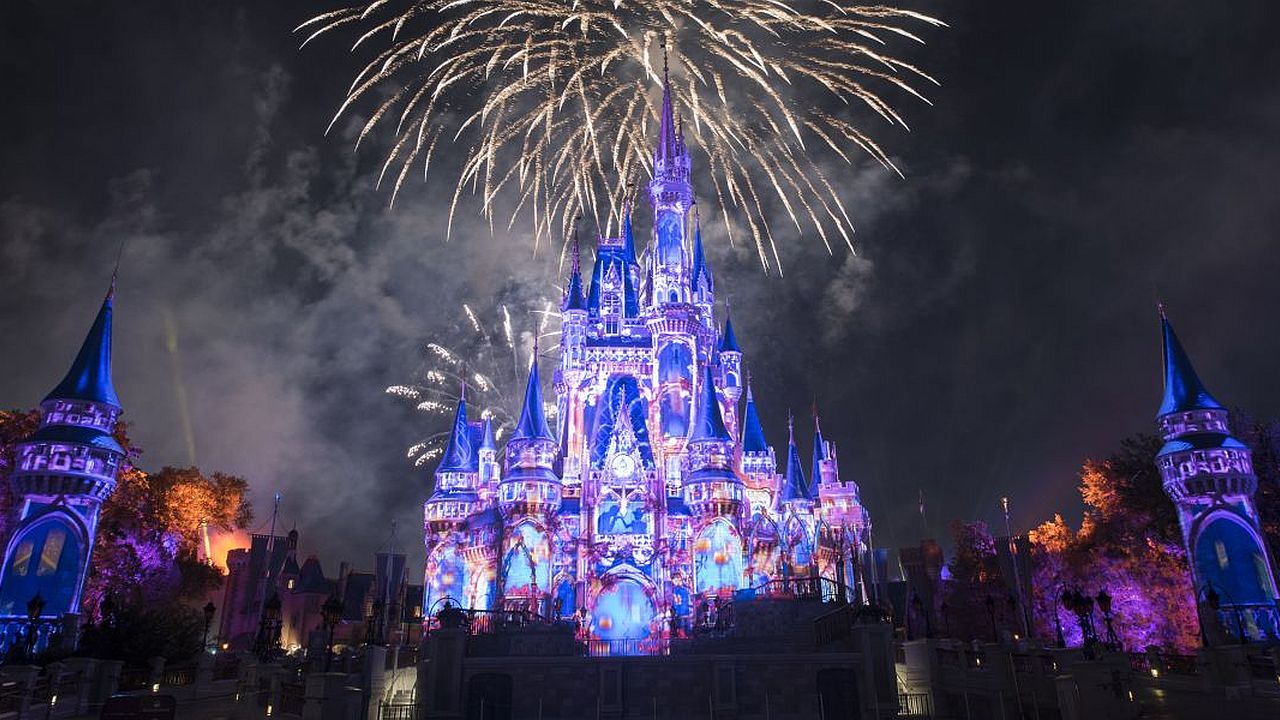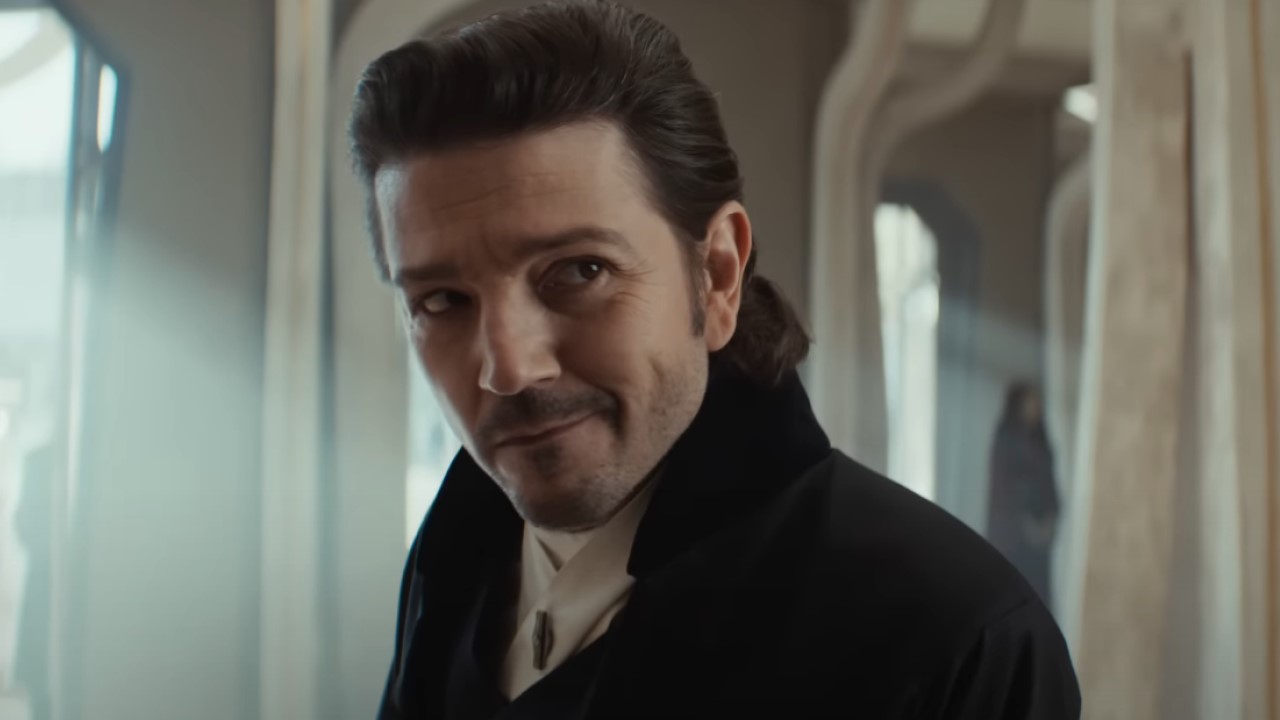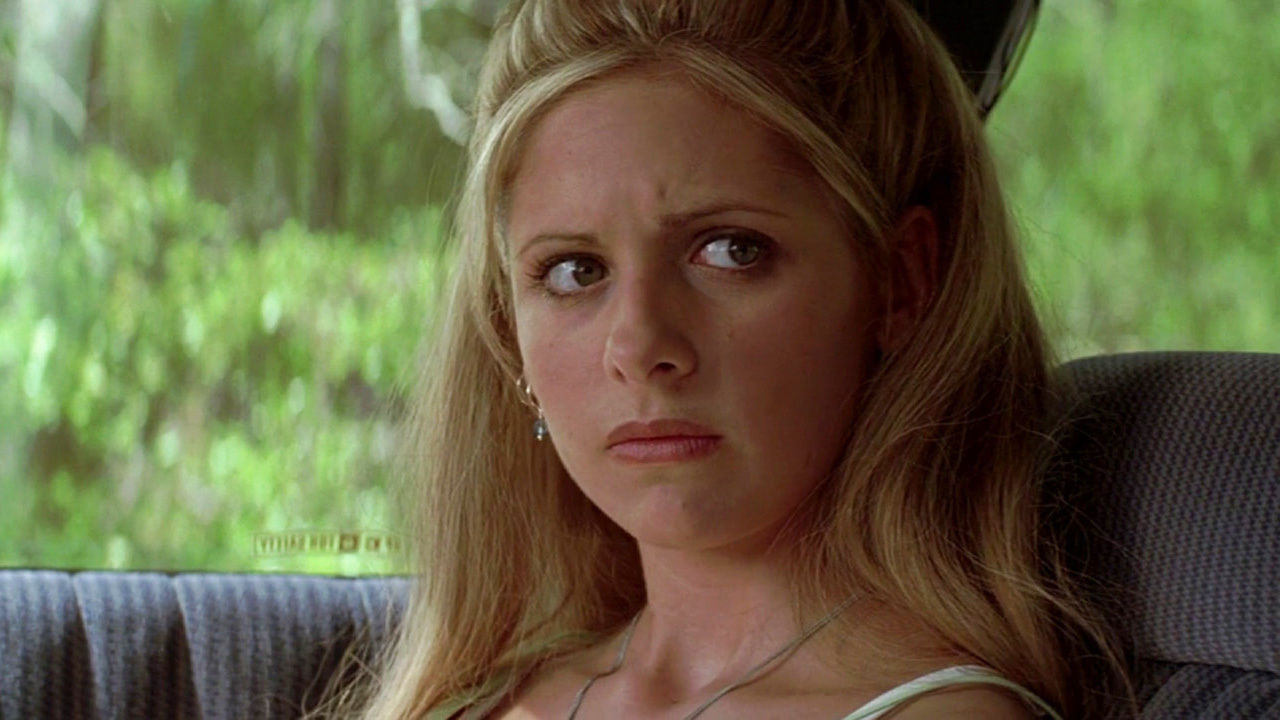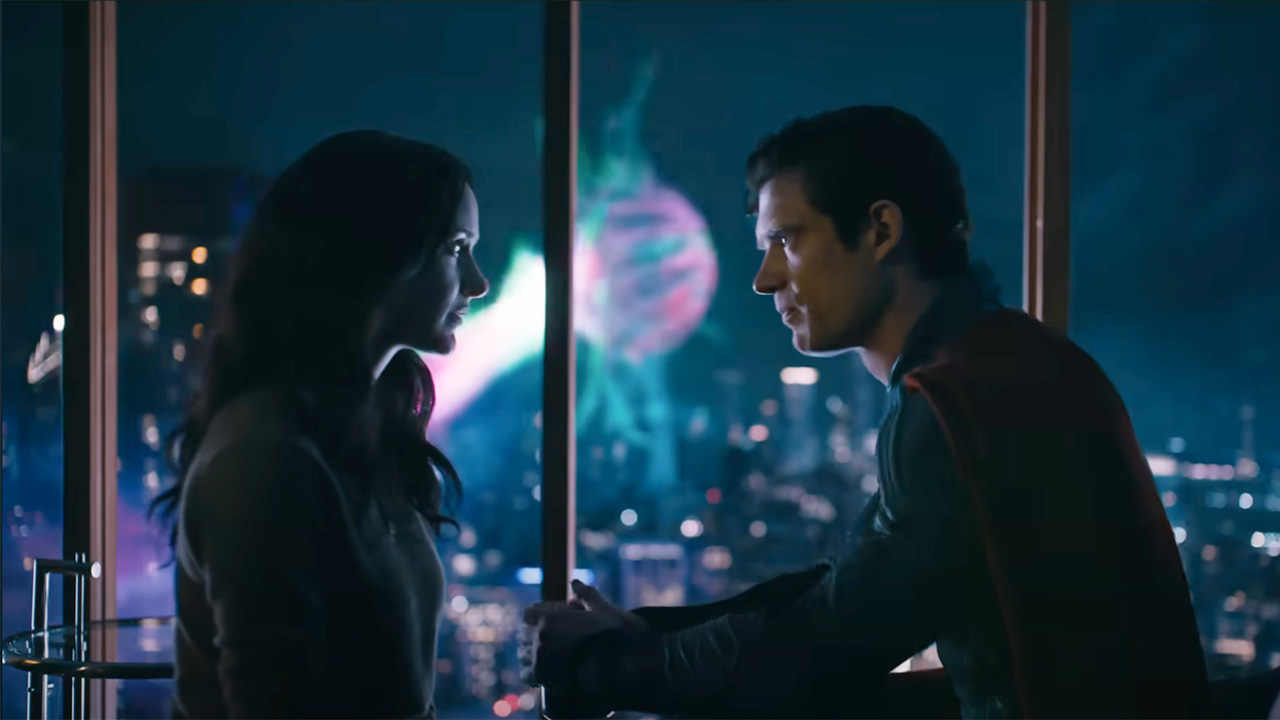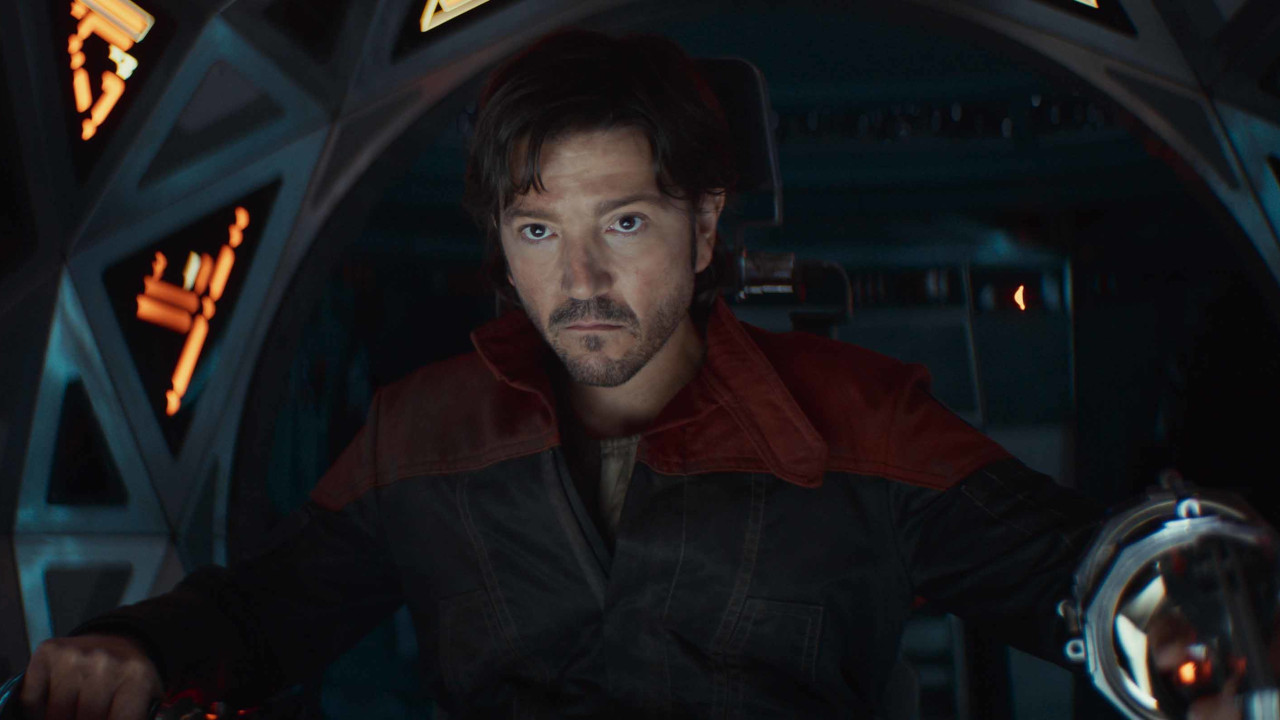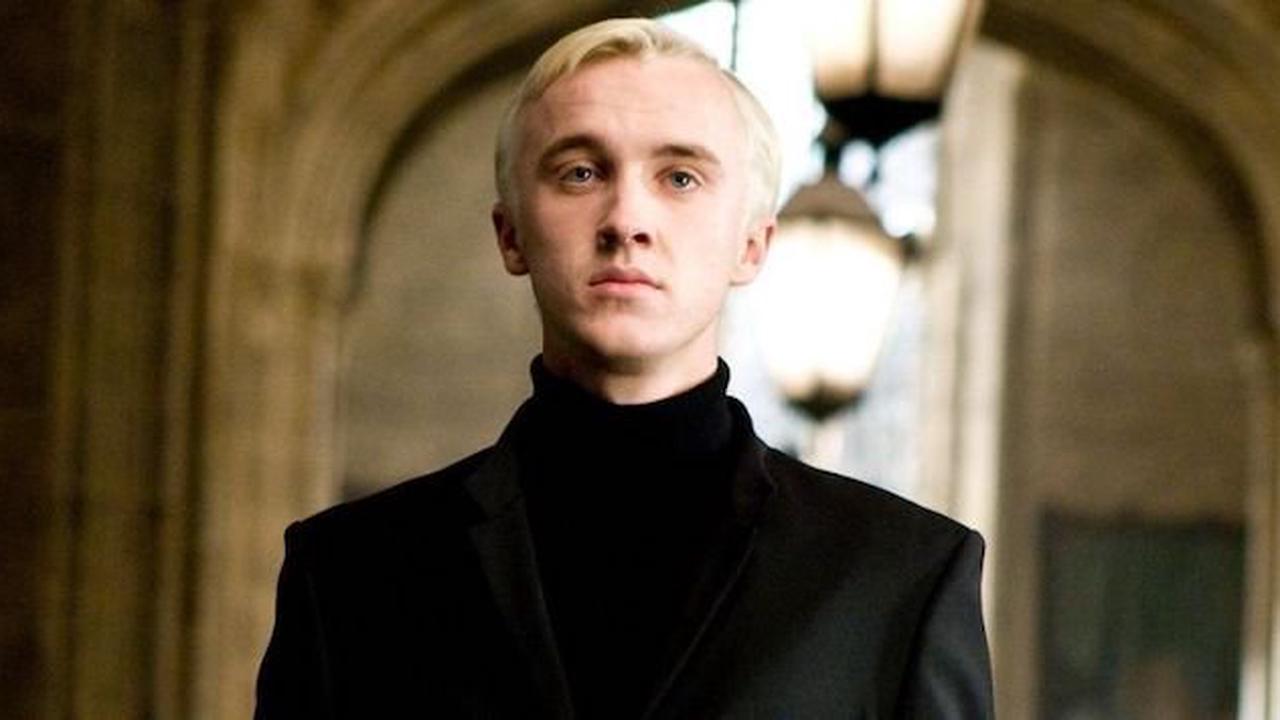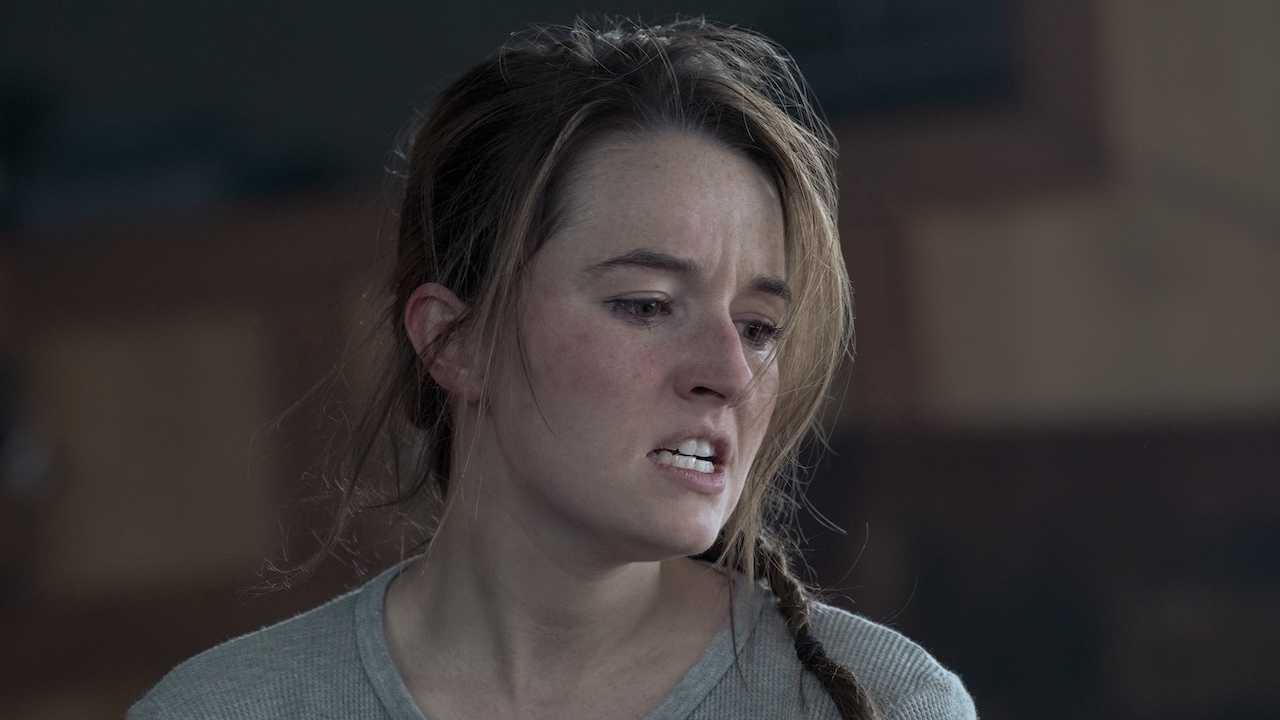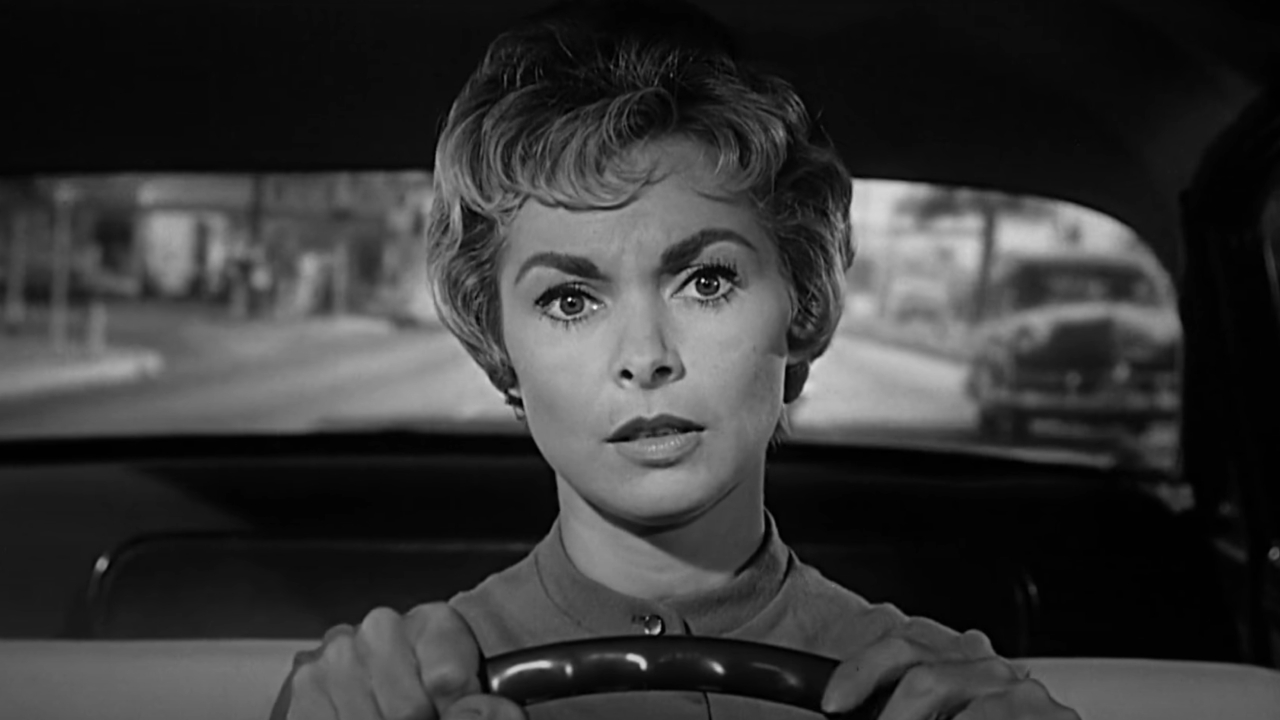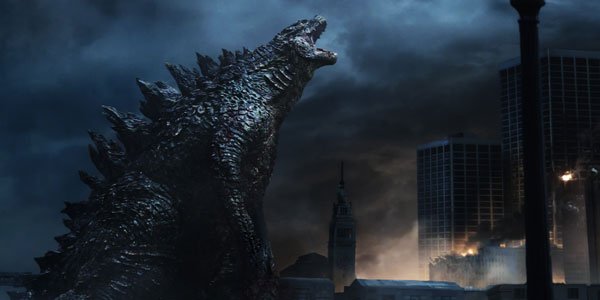
Spoilers for Godzilla from here on out.
Last summer, hundreds of think-pieces were launched regarding the obscene amounts of destruction in Man Of Steel. But surely no one was expecting that to change, and here we are with Godzilla completely annihilating San Francisco. Discussing the morality of these moments is almost tired at this point. We know where people stand on the for-and-against sides of this debate. What's unfortunate is that Godzilla assumes that the audience is now pretty much "cool" with it. And that is unfortunate, for reasons that have little to do with "propriety." Guys: it's boring.
CGI has changed the way we make movies, giving filmmakers the ability to imagine sights we could only previously dream about. And America's biggest blockbuster filmmakers have used this tool to blow up entire cities onscreen, at an increasingly ridiculous rate. In 2011, it made sense for Transformers: Dark Of The Moon to annihilate Chicago, since those sorts of sequences are Michael Bay's m.o. And uniting The Avengers in 2012 required a massive, city-destroying threat, one that basically annihilated New York (it got better). But by 2013, what happened? Man of Steel. Star Trek Into Darkness. Pacific Rim. G.I. Joe: Retaliation. These are our movies, people. Just an endless onslaught of falling buildings.
When Steven Soderbergh gave a dispiriting speech about the industry last April at the San Francisco International Film Festival, he told a curious anecdote. He was seated on a plane across from someone who had programmed several movies into their IPad. Soderbergh proceeded to watch as this person cycled through every single scene of destruction from these films, flipping between them all to catch the large-scale destruction as the "best parts." Why does it seem as if we are becoming that guy, only we aren't flipping through these scenes by choice?
Of course, there are story reasons for these decisions. Godzilla, after all, is Godzilla. He destroys cities, that's what he does. And laying waste to a major metropolitan area gives (cheap?) dramatic weight to the stakes. If the bad guys could do that to a city, imagine what they could do with the world. These movies never deal with the aftermath of these struggles, of course. Usually the heroes and villains take off, either plotting to fight again, or taking the battle to another place.
What's interesting is how these movies twist the nature of disaster, in a way that suggests the current generation is totally cool with photo-realistic buildings crashing down on each other. At the close of Godzilla, the city is in shambles, entire blocks annihilated. There's reason to believe that, in this movie's universe, this is the worst and most cataclysmic disaster on American soil (not to mention the other places Godzilla and the MUTO's visited). Thousands are dead, millions are certainly missing. And then Godzilla rises, a prehistoric beast with nuclear breath that towers over the city's architecture. Do people run and tremble? Do they scream? Is there anger that this creature has likely killed everyone they know?
Actually, there's applause. A news report labels him "king of the monsters" as this beast climbs back into the water, having completed a brawl with two other monsters that just happened to occur on the surface of our civilization. The way the music swells suggests the movie wants you to applaud as well. Because these movies pursue this "dark" angle: we have to make it "darker," let's have a "dark" reboot of this or that. But after all the carnage, the citizens of these worlds suddenly celebrate the silver lining in every cloud. They applaud the heroes. Even the newspaper headlines in these movies don't discuss the massive damage that's been done, but rather the brave souls who stepped in and saved a few people amidst the wreckage. Even if you know nothing of modern journalism, you know that's not going to be the headline in these circumstances.
CINEMABLEND NEWSLETTER
Your Daily Blend of Entertainment News
These creative decisions have normalized this sort of destruction so that audiences could accept it. It used to be scary to destroy a building. Watch this original trailer for Independence Day, which set the standard for blowing up architecture real good.
The trailer spotlights the heavy damage inflicted by the aliens in graphic detail. But it doesn't end there: the clip continues, showing how humans fight back, ending on a note of sci-fi optimism. The money shot is a fleet of spaceships in the sky, a visual that suggests exploration, escapism, excitement, and adventure.
Now watch this trailer for The Amazing Spider-Man 2, a movie for younger audiences about a comic book superhero, also with a massive building-destroying moment.
Now it's the money shot! The final image in a trailer is supposed to prime the audience to see the movie, which is why it used to be often a heroic or funny moment that sticks with audiences. Now, money shots are the collapse of buildings. People want to see this, otherwise people wouldn't be making these marketing decisions. People wouldn't make sure that, even though these movies take place on our massive planet Earth, the characters must migrate to a crowded, dangerous city, where thousands can be slaughtered and million of dollars in collateral damage can occur.
And this is BORING. How many times have we seen this? How many building can we watch completely collapse and fall to the ground, killing faceless thousands? We're beyond the hand-wringing over whether this level of violence is appropriate or not. People live in other places, and extraordinary things happen in these places. In fact, this weekend presents X-Men: Days Of Future Past, the latest entry in a franchise that so far hasn't suffered the need to overdo crashing buildings. That movie has action sequences in wide-open fields and crowded futuristic temples, and even travels through time once or twice. How novel.
Our blockbuster vocabulary needs to change, and it needs to change now. Many of the major cities have been destroyed on film already, some twice and three times. We're not gonna watch this again, folks: there are no new ways to watch skyscrapers bend, particularly if the effects animators are taking cues from real life. Maybe you need new locations. Maybe the movies need better writers. Maybe studios just need to realize that villainous chaos need not always take the form of crushed marble and ceramic. Perhaps there's a lesson in Chris Nolan's Interstellar, which forgoes cities entirely to center on a farm location, and then deep space in its recent trailer. "We're not meant to save the world," one character says. "We're meant to leave it." And with the amount of destruction to these cities by the major studios, we might not even have a choice.
